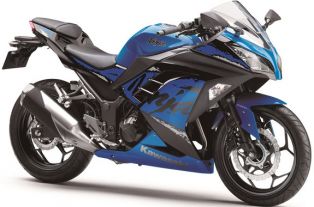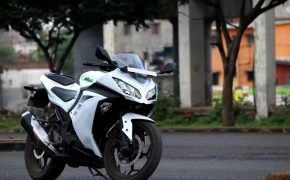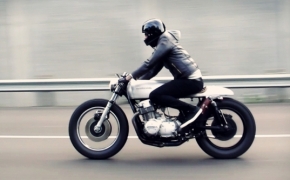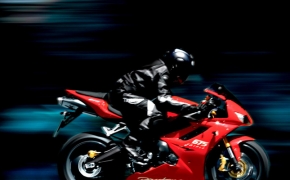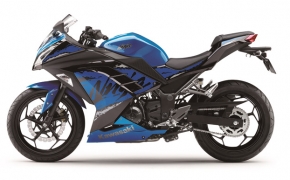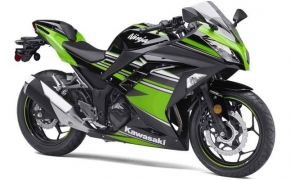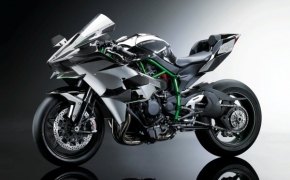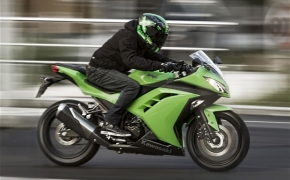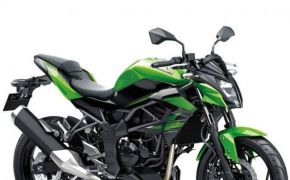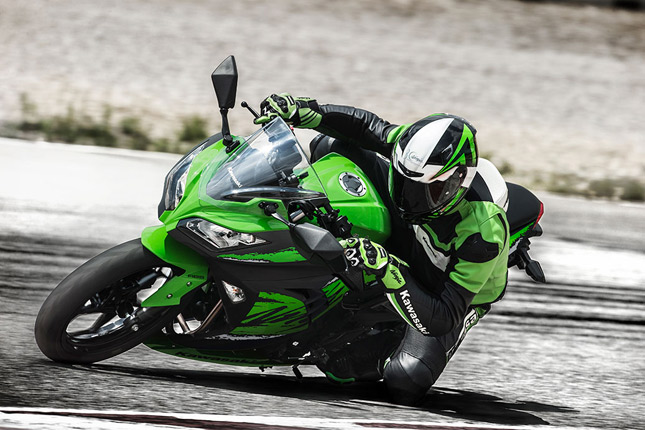 With the BMW 310 twins launched recently, Kawasaki has decided to lock horns immediately. Kawasaki India has relaunched 2019 model of their highly successful entry level Ninja 300 at Rs. 2.98 lakhs (ex showroom Delhi), with a massive price cut of Rs. 62,000. This comes due to heavy localization and a few cost cutting here and there throughout the motorcycle. The Ninja 300 will still be on sale alongside its elder sibling, the Ninja 400. Here's an overview of what's changed and what's not, on the Kawasaki Ninja 300.
With the BMW 310 twins launched recently, Kawasaki has decided to lock horns immediately. Kawasaki India has relaunched 2019 model of their highly successful entry level Ninja 300 at Rs. 2.98 lakhs (ex showroom Delhi), with a massive price cut of Rs. 62,000. This comes due to heavy localization and a few cost cutting here and there throughout the motorcycle. The Ninja 300 will still be on sale alongside its elder sibling, the Ninja 400. Here's an overview of what's changed and what's not, on the Kawasaki Ninja 300. LOOKS AND DESIGN:
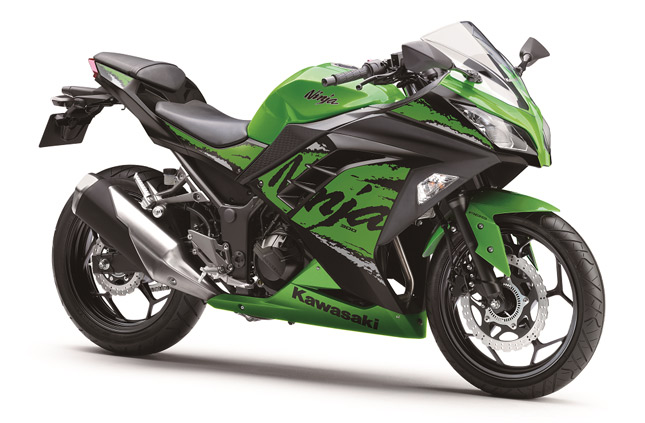 Aesthetically, the Ninja 300 remains unchanged retaining its beautiful twin headlights and chiseled body works. The colors have been changed a bit and the bike also gets some fancy branding stickers on the body. This time around, the motorcycle comes in Candy Plasma blue and Lime green/ebony shades. The bike also gets a large Ninja branding running through either sides of the fairing. The ride height though, has been lowered a bit by 5mm and the motorcycle weighs 7 kg heavier than its previous iteration.
Aesthetically, the Ninja 300 remains unchanged retaining its beautiful twin headlights and chiseled body works. The colors have been changed a bit and the bike also gets some fancy branding stickers on the body. This time around, the motorcycle comes in Candy Plasma blue and Lime green/ebony shades. The bike also gets a large Ninja branding running through either sides of the fairing. The ride height though, has been lowered a bit by 5mm and the motorcycle weighs 7 kg heavier than its previous iteration. ENGINE AND PERFORMANCE:
The engine and internals remain exactly the same with a 296cc parallel twin DOHC engine, churning out 38 BHP at 11,000 RPM and 27 Nm of peak torque at 10,000 RPM respectively. The engine is mated with the same 6 speed manual transmission and the clutch is a wet multiplate unit with slip assist. There should be no changes in the performance side, as the engine internals are mechanically identical.
BRAKES, CHASSIS AND SUSPENSION:
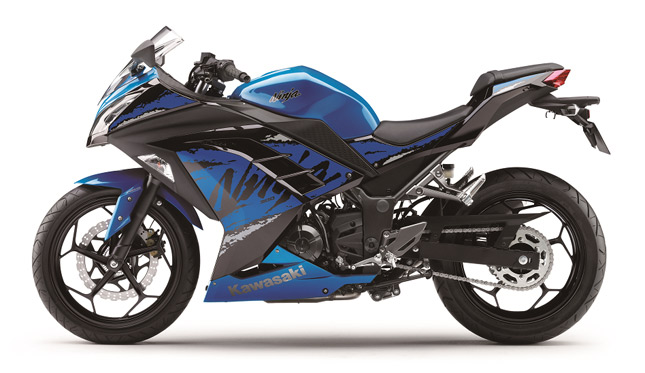 The motorcycle sits on the same proven high tensile diamond frame which provides great stability and maneuverability. Suspension duties are handled by 37mm conventional telescopic forks up front and a monoshock at the rear, just like the previous generation. The braking department gets some cost cutting measures as the front brake caliper is now replaced by Endurance units. The motorcycle now gets a single 290mm petal disc with endurance calipers up front and a 220mm single disc at the rear. Dual channel ABS now comes in as a part of the standard equipment.
The motorcycle sits on the same proven high tensile diamond frame which provides great stability and maneuverability. Suspension duties are handled by 37mm conventional telescopic forks up front and a monoshock at the rear, just like the previous generation. The braking department gets some cost cutting measures as the front brake caliper is now replaced by Endurance units. The motorcycle now gets a single 290mm petal disc with endurance calipers up front and a 220mm single disc at the rear. Dual channel ABS now comes in as a part of the standard equipment. FINAL IMPRESSION:
This move by Kawasaki looks like a nail in the coffin of the BMW 310 twins, as the buyers would pay Rs. 1000 lesser than the R 310 R and still get a tried and tested parallel twin engine from the Japanese stable. Though both motorcycles are of different categories, people have been using them as touring machines. The Ninja 300 is one of the trusted motorcycles for Khardung La ride, as far as Indian market is concerned. At Rs. 2.98 lakhs, the Ninja 300 is currently the cheapest parallel twin motorcycle available in the country, thanks to heavy localization of spares. With this being said, service and spares cost would also see a mild dip. This move makes it a win-win situation for the customer as well as the manufacturer, both being mutually beneficial.












